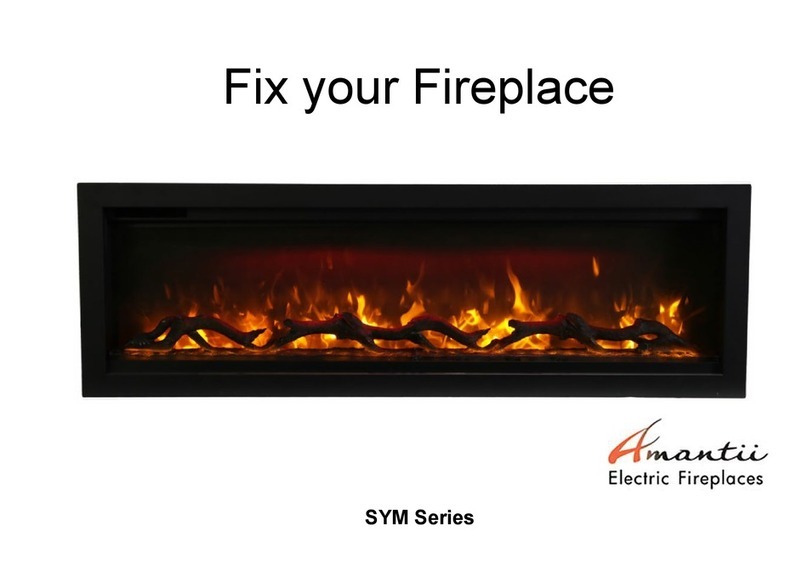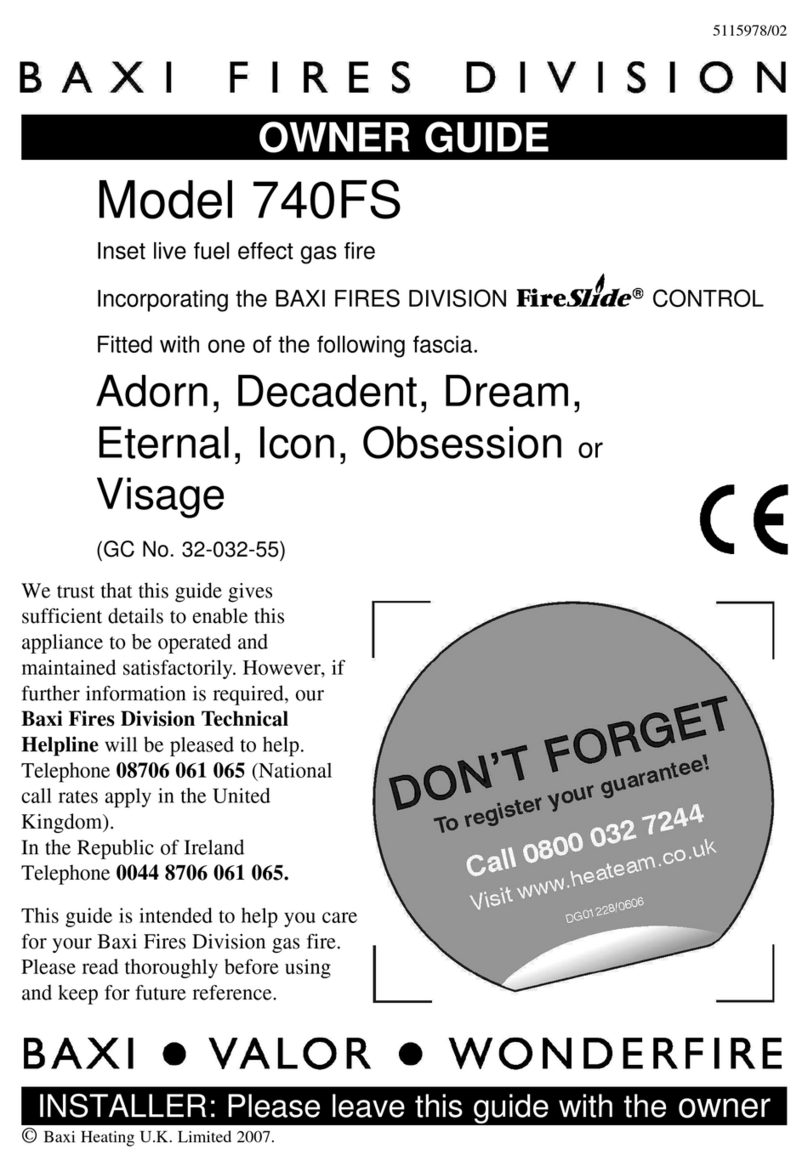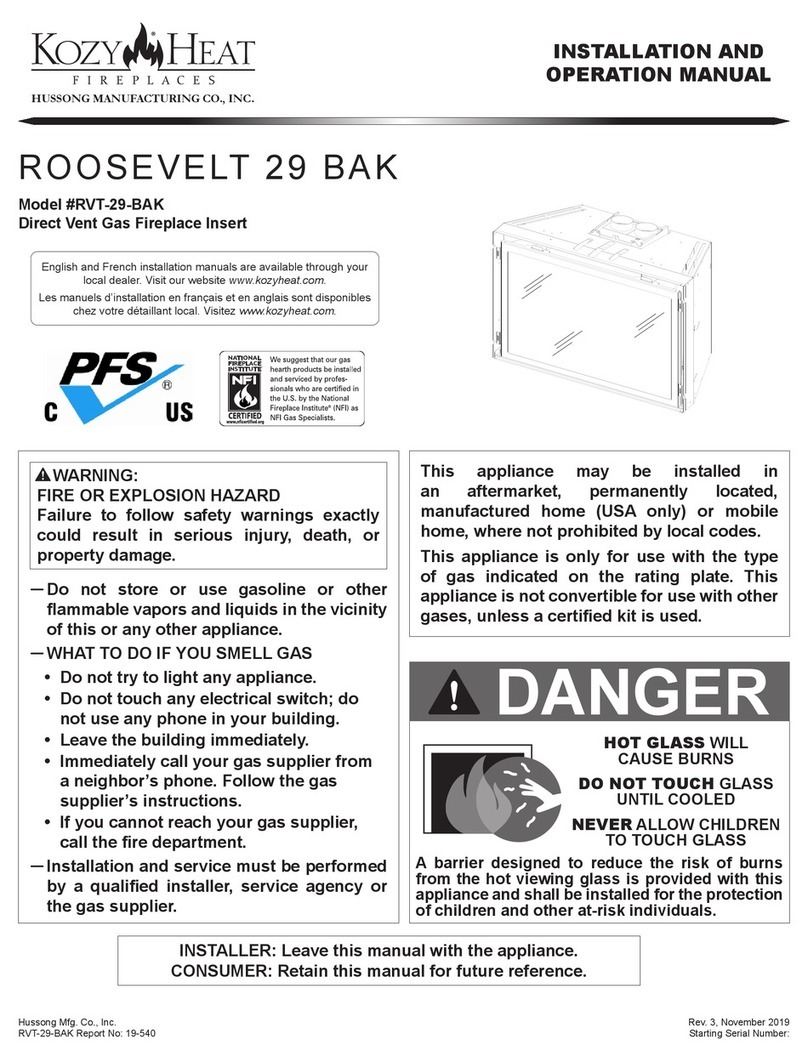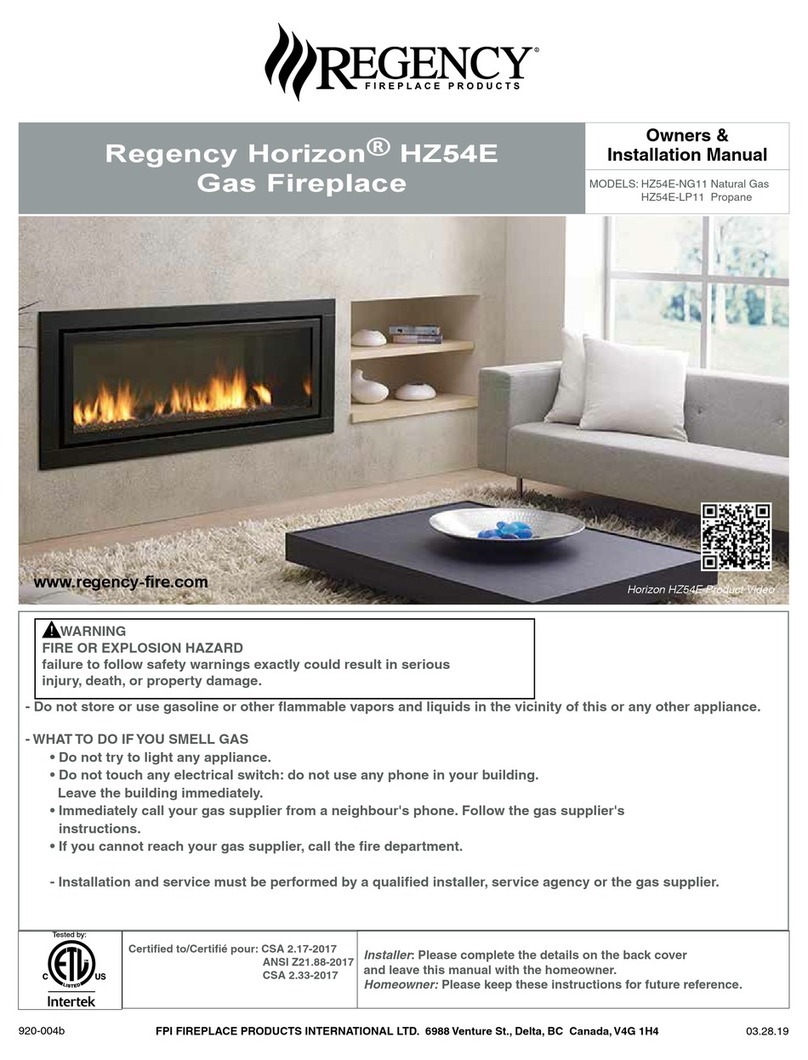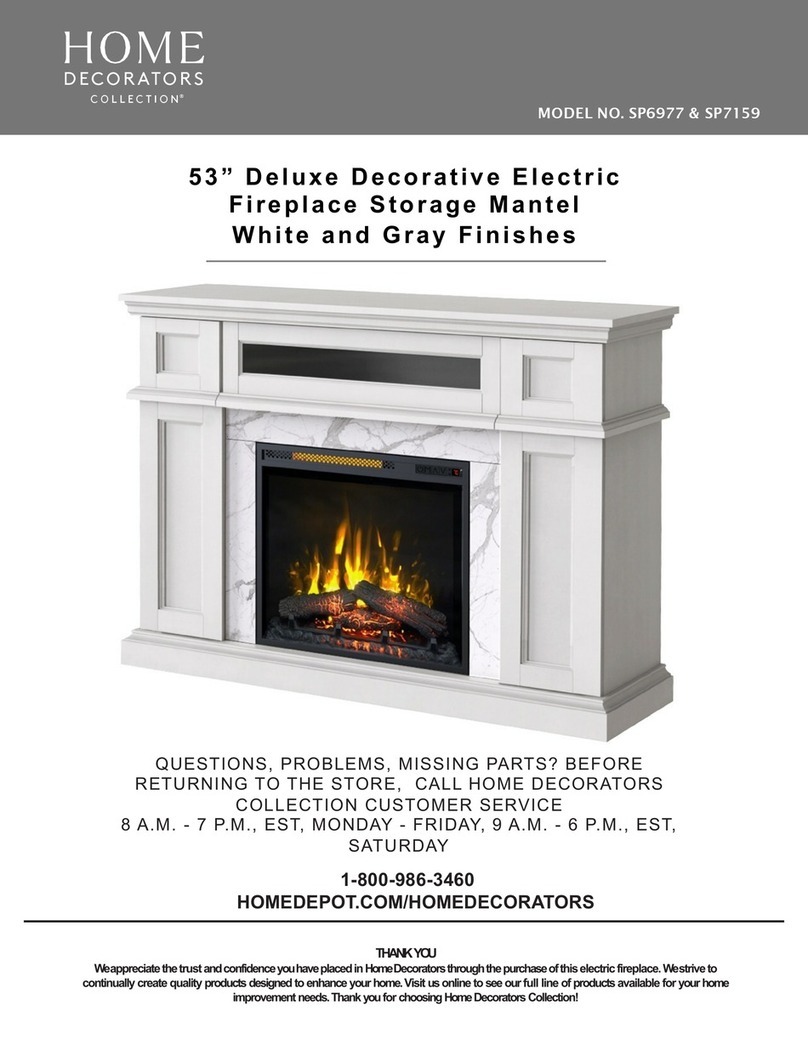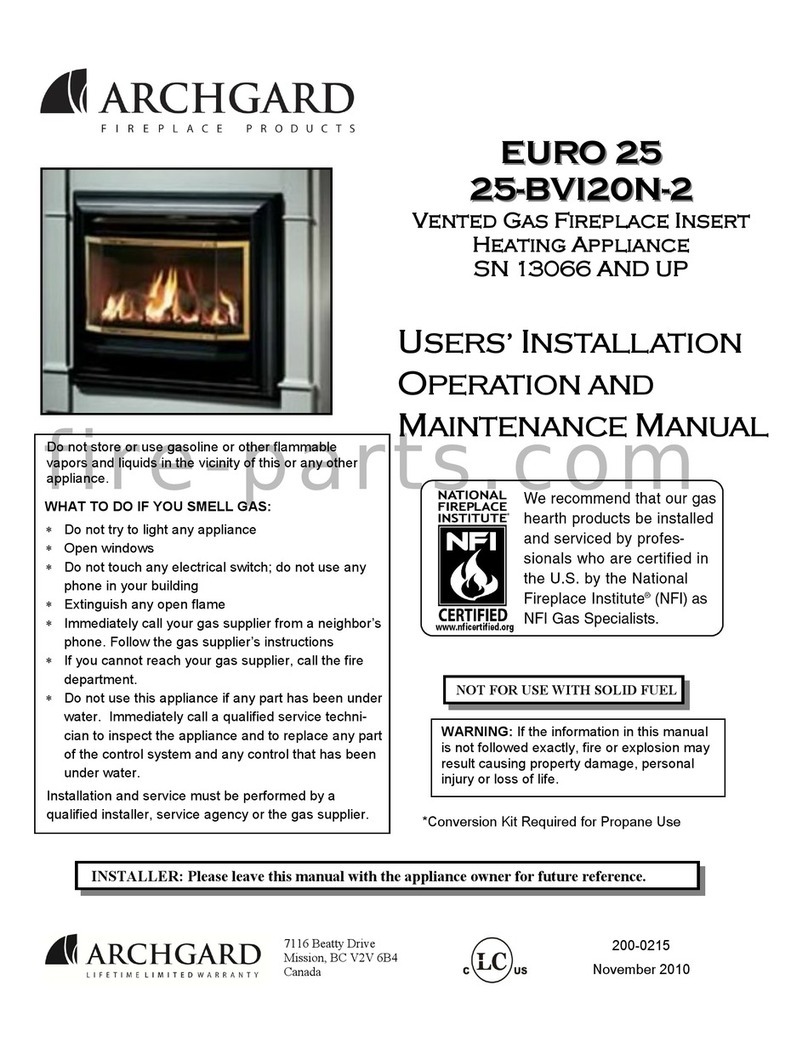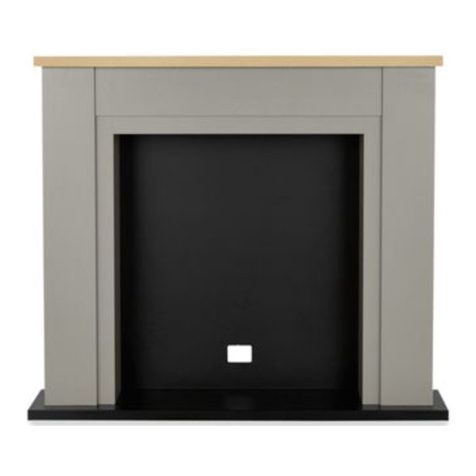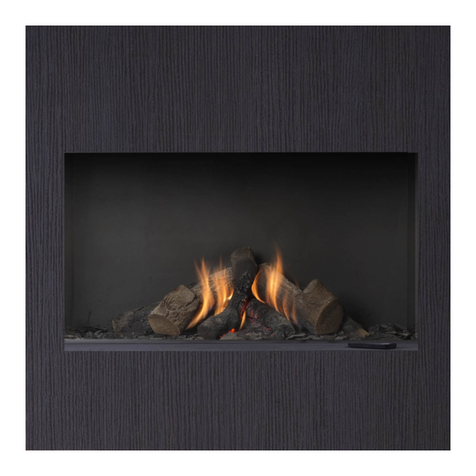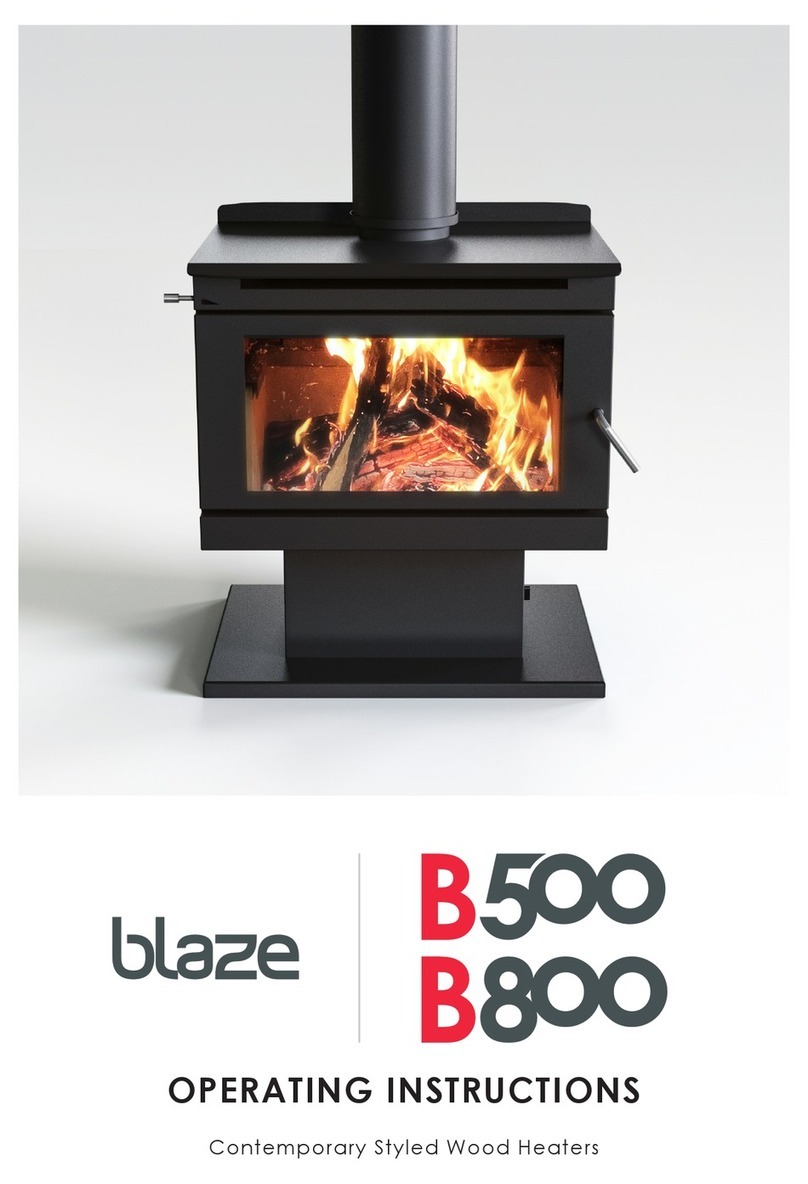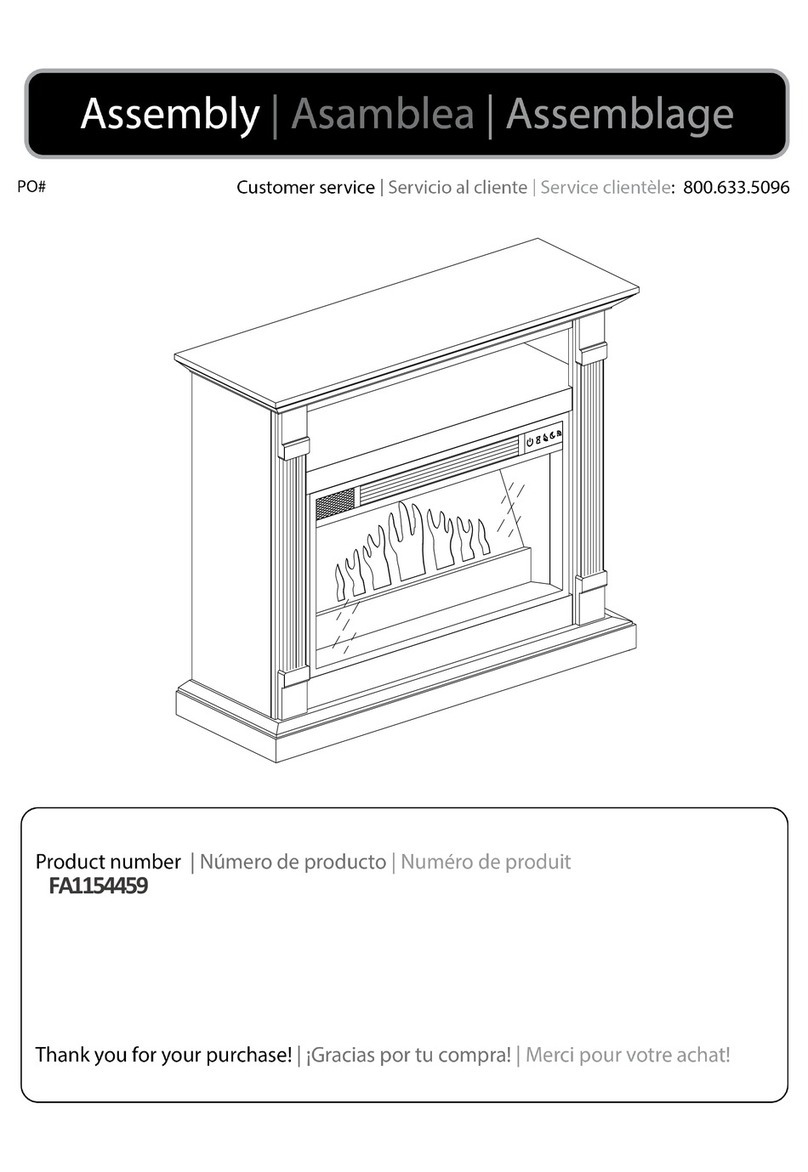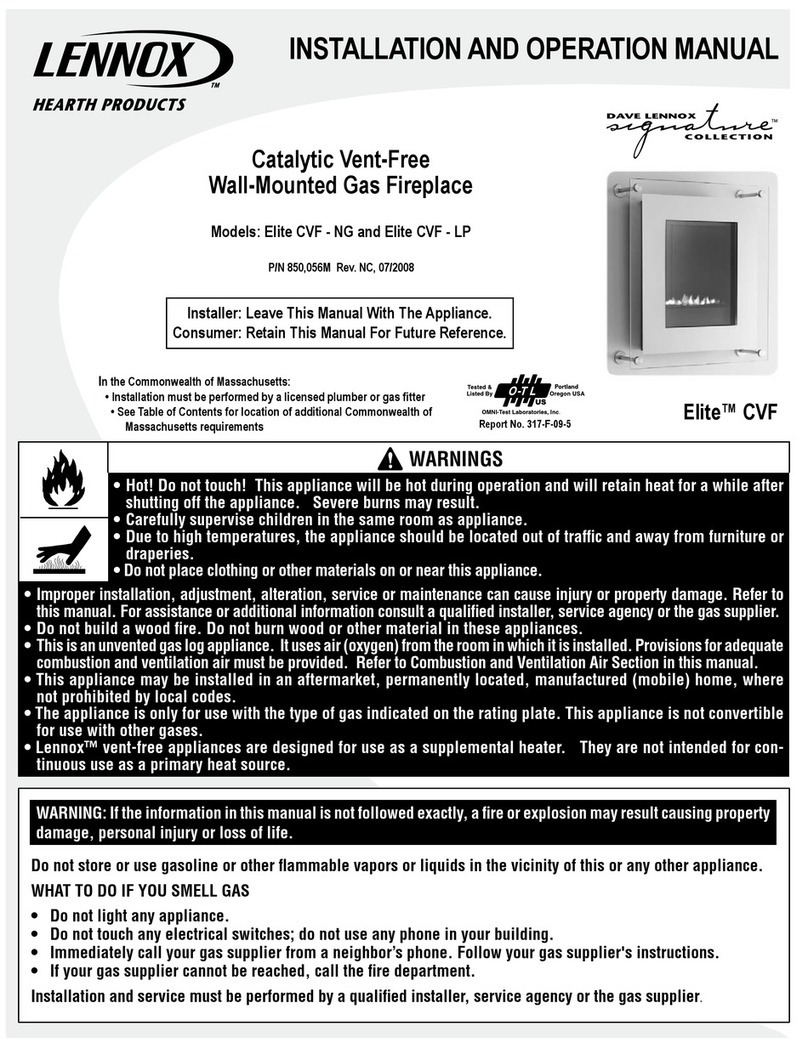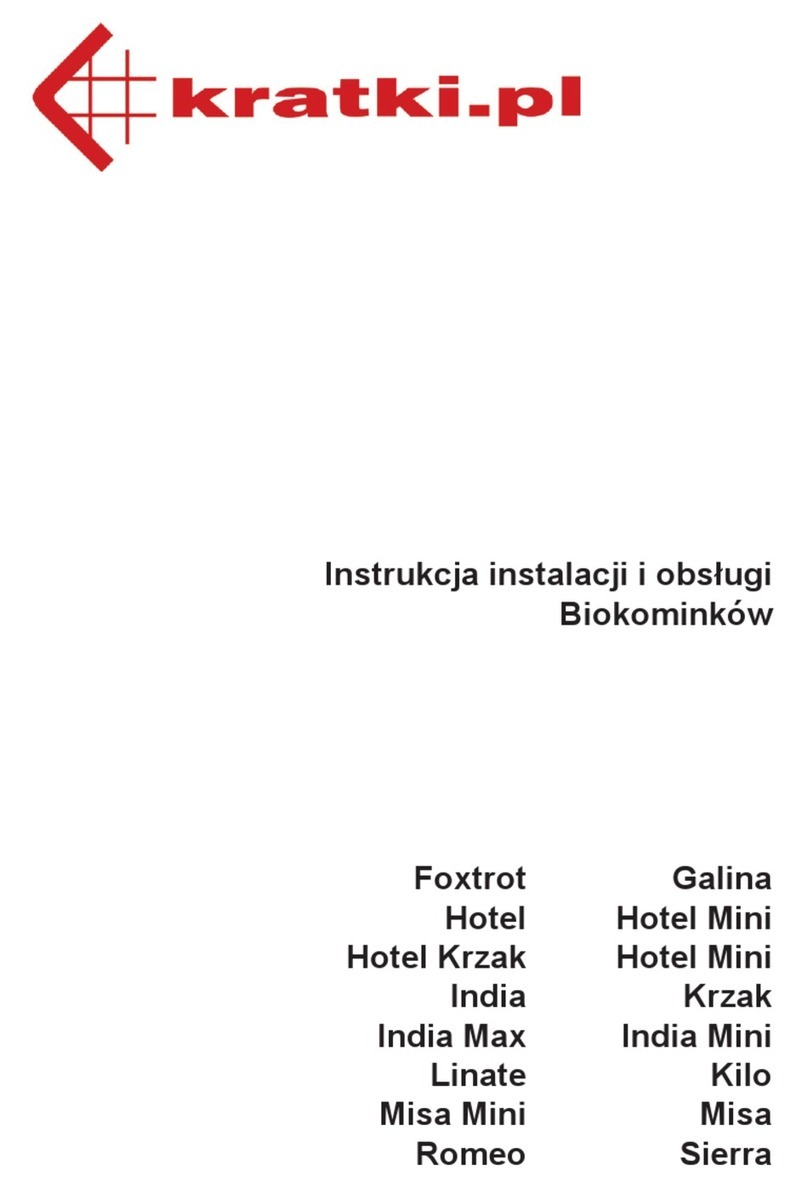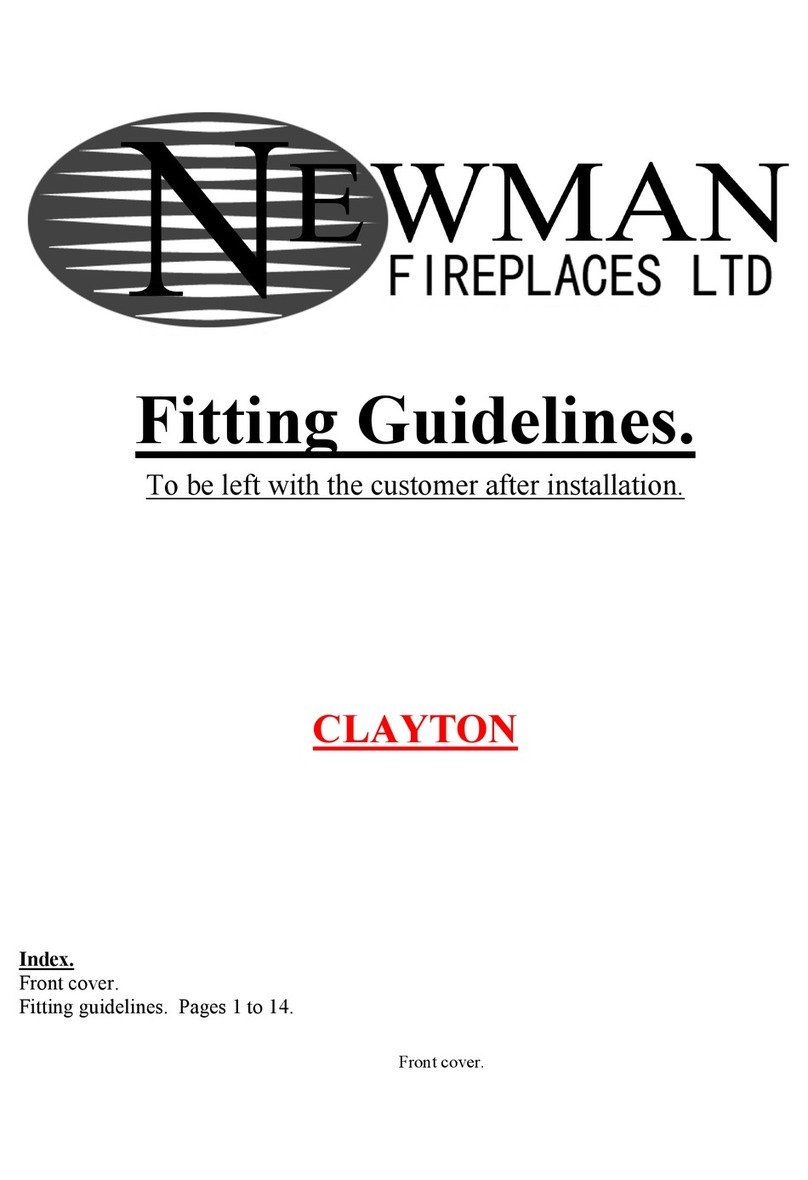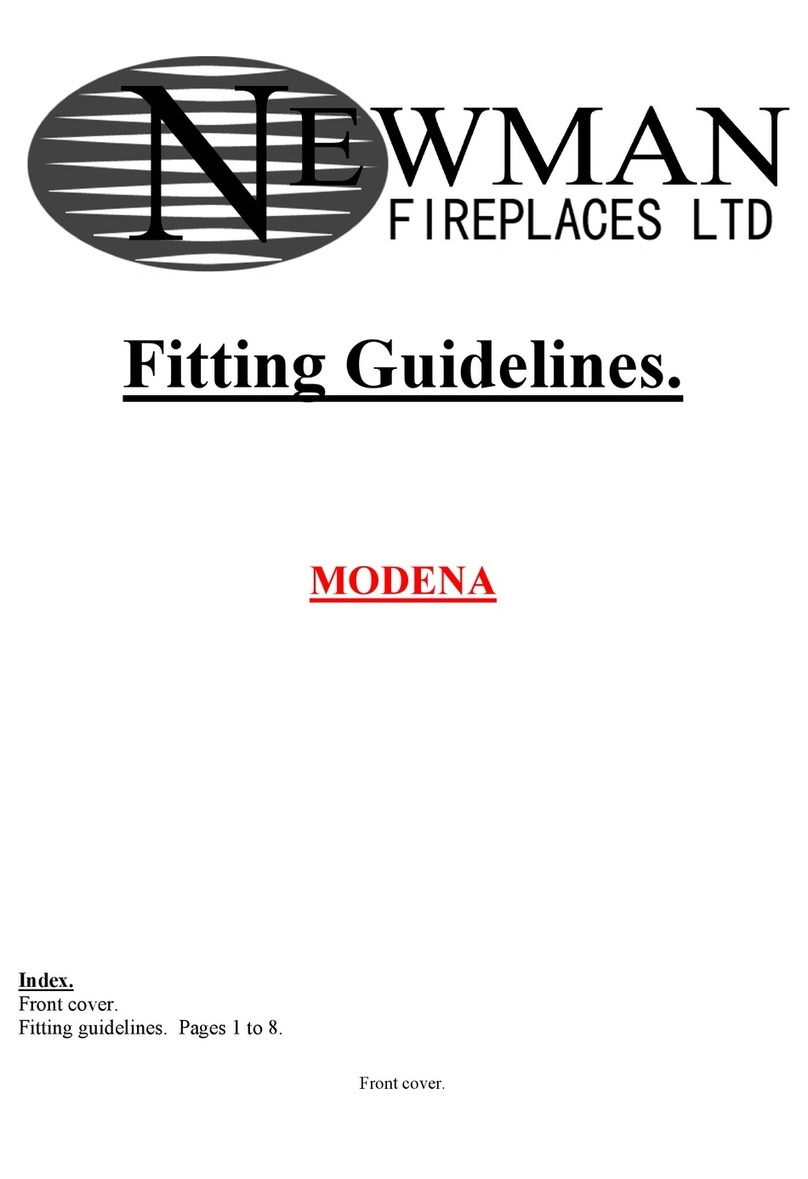4) Correctly prepare the chimney builders opening and install a suitable throat lintel into correct position.
5) Bed hearth level completely using white dry lining wall adhesive or alternatively with 1 part white
cement and 5 parts silver sand.
Do not use any coloured cement or sand or any other coloured products as this will discolour the stone.
6) Position the legs and adjust position so they will be in correct position with the top header and shelf
when eventually fitted, do not fit at this stage. Mark the position of daylight opening. (This is the width
between the internal legs and the height from top of hearth to centre of internal arch of header). Mark
fixing positions for the legs. Position the shaped brackets into each hole and slot to each leg and mark
the positions of each leg bracket to wall when eventually fitted to the brick chimney. Remove legs and
brackets. Drill suitably sized holes in brick chimney in pre marked leg bracket positions to accommodate
suitably sized stainless steel wall plugs. Fit wall plugs.
Remove legs and header.
7) Bed rear hearth piece level completely into correct position using your previous marks as a guide. Use
white dry lining wall adhesive or alternatively with 1 part white cement and 5 parts silver sand.
8) Cut vermiculite panels to suitable size, these to be in correct position when the legs and header are
eventually fitted. Note: These panels are usually fitted to create a rectangular chamber but it maybe
possible to create tapered sides to these panels if this is your choice, but only providing all necessary
clearances are adhered to regarding the appliance manufacturers instructions regarding your appliance
selection. It is recommended that the vermiculite panels to be at least 50mm above the internal arch
header position, this normally will require cutting of panels to clear the throat lintel. When cutting
vermiculite panels it is recommended that you score with a knife and then carefully break at this point.
When the three vermiculite panels are of correct size then glue to builders opening using heat proof
mastic or silicone adhesive. Use heat proof silicone adhesive between all joints of vermiculite and
fireplace parts ensuring the silicone is at least 2mm thick as this will allow movement for thermal
expansion. Important: Do not let water, liquids or moisture come into contact with the Vermiculite
boards as they are not tolerant of any such substances.
9) Use clear or white heat proof silicone stone adhesive to adhere, complete rear of stone leg edge faces to
chimney. Using the brackets provided, fully glue into the holes and grooves to the top of each leg with
thixotropic two part resin chemical anchor fixing glue suitable for stone, metal and brickwork and leave
to dry. Securely fix to chimney with suitable sized corrosion proof screws, washers and wall plugs.
Important note. To some fireplace models the shaped brackets that have to be glued into position to the
legs and header have been changed to strap brackets. If your fireplace has these new strap brackets, use
each model fitting guidelines but omit the shaped bracket and use the strap brackets, these are already
glued into position and will be required to be pulled tight and permanently fixed to chimney using
suitable sized stainless steel, screws, washers and wall plugs. These new strap brackets are positioned
alongside the original shaped brackets. All other guidelines for each fireplace model must be observed,
including lock wire fixings and adhering to wall with silicone stone adhesive etc, etc.
Using each hole in each internal top leg blocks, lock wire both legs to chimney wall using correct lock
wire procedure, and securely fix to chimney with suitable corrosion proof anchorage points.
10) Use heat proof white or clear silicone stone adhesive on top of leg faces and to all mating rear edge faces
of top header and adhere fully to chimney and legs. Mark the positions of header brackets to wall to each
side of top header and drill holes to accommodate suitably sized stainless steel wall plugs. Fit wall
plugs.. Securely fix to chimney with suitable sized corrosion proof screws, washers and wall plugs.
Using each hole in each side of internal header reinforcement blocks, lock wire to chimney wall using
correct lock wire procedure, and securely fix to chimney with suitable corrosion proof anchorage points.
11) Permanently glue the two eyelet fixing brackets to each end of shelf using thixotropic two part resin
chemical anchor fixing glue ensuring they are fully pushed into stone and leave to dry.
12) Permanently glue the two dowels provided into the two holes provided to each end of the rear surface of
shelf using thixotropic two part resin chemical anchor fixing glue suitable for stone, metal and
brickwork and leave to dry. Ensure both dowels are glued 50% of their entire length into the stone shelf,
the remainder 50% of dowel will be glued into the brickwork chimney at a later stage.









